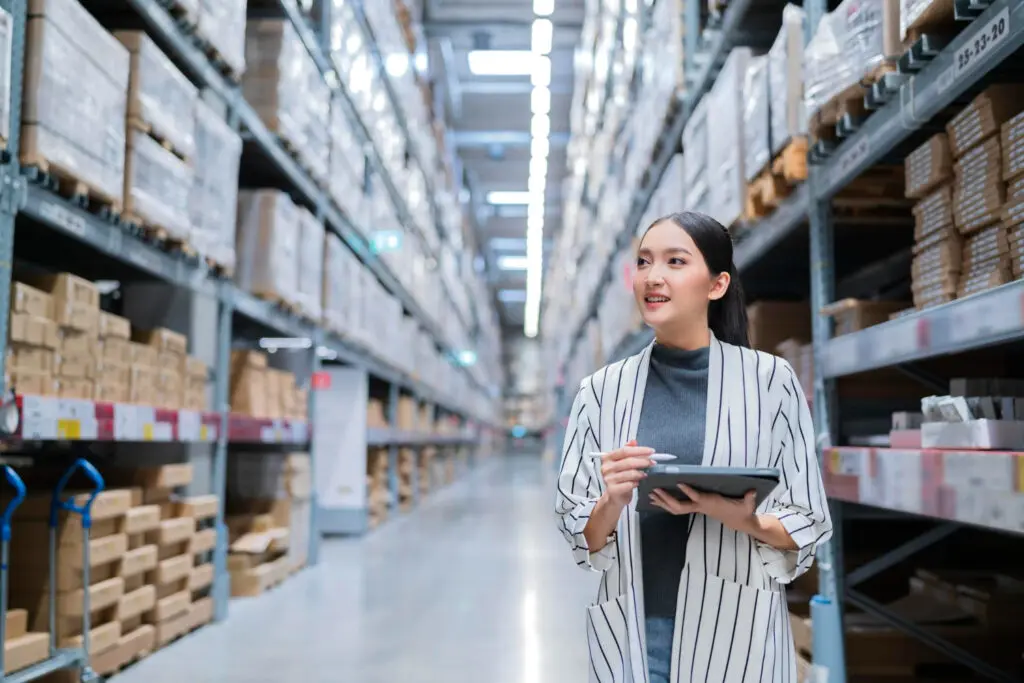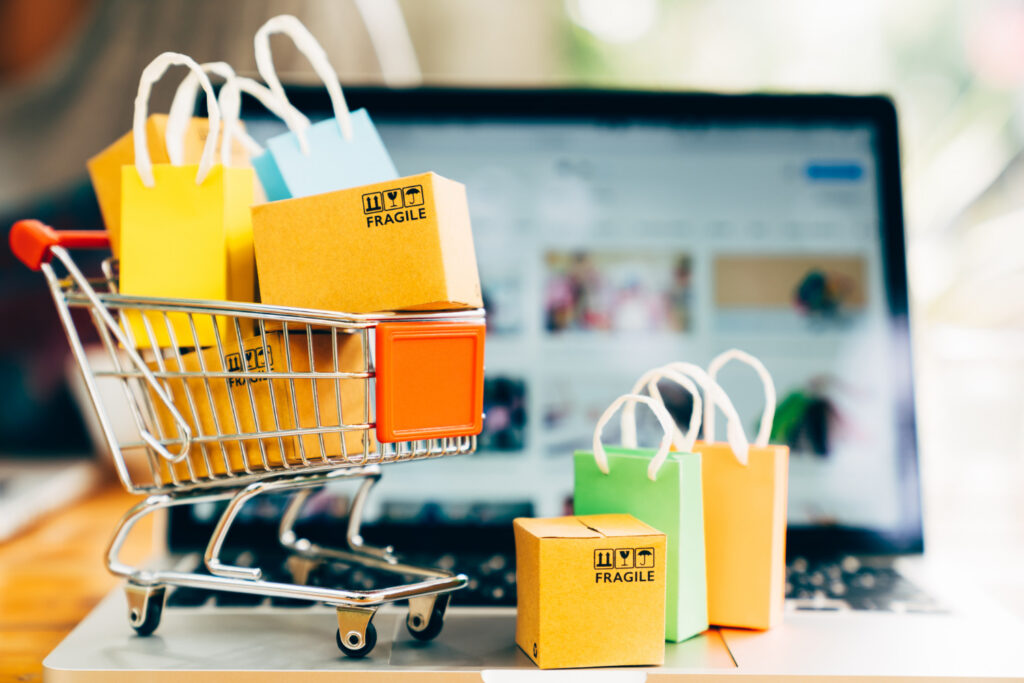As shoppers, we’re always looking for ways to get the best deals and save money. In today’s economy, that means taking advantage of retail delivery service whenever possible.
Retail delivery services can offer significant savings on items such as clothing, shoes, home goods, and more. This guide will provide an overview of what retail delivery services are available, how they work, and the benefits they offer shoppers.
By understanding the options available to you and taking advantage of retail delivery services when appropriate, you can save yourself time and money while shopping.
What Is Retail Delivery?
In the retail business, delivery refers to the process of transporting goods from a store or other point of sale to the customer’s door. Retail delivery services can be provided by either the retailer itself or by a third-party delivery company. There are many benefits to using a retail delivery service.
Perhaps the most obvious is that it saves the customer a trip to the store. This can be particularly beneficial for those who live in rural areas or who have difficulty getting to the store. It can also be helpful for busy people who don’t have time to shop during normal store hours.
Another benefit of delivery is that it allows retailers to reach a wider customer base. Customers who might not be able to make it to the store can still purchase items and have them delivered. This can be a great way to boost sales and expand the customer base.
Types Of Retail Delivery Services
Last Mile Delivery
The “last mile” in logistics is often seen as the most important, and also the most difficult, part of the delivery process. The last mile is the final step in getting goods from a distribution center to the customer’s doorstep.
And while it may seem like a simple enough task, there are a lot of factors that can make last-mile delivery challenging.
One of the biggest challenges of last-mile delivery is the sheer distance that goods have to travel. In many cases, the last mile can be the longest leg of the journey, which can make it difficult to ensure timely and efficient delivery.
Another challenge of last-mile delivery is the number of stops that need to be made. In most cases, each delivery has to be made to a specific address, which can often mean making multiple stops along the way. This can add significant time and cost to the delivery process.
On Demand Delivery
On-demand delivery is a service that allows customers to order products and receive them within a certain timeframe. This type of delivery has become increasingly popular in recent years, as it offers convenience and flexibility for customers.
There are some pros and cons of on-demand delivery that should be considered before using this type of service.
One of the main pros of on-demand delivery is that it is convenient for customers. This type of delivery allows customers to order products and receive them within a certain timeframe, which can be as short as an hour. This means that customers can get the products they need without having to leave their homes or offices.
Additionally, on-demand delivery can be used for last-minute purchases, as it can be faster than traditional shipping methods. However, there are some cons of on-demand delivery that should be considered as well.
One of the main disadvantages of this type of service is that it can be more expensive than traditional shipping methods. This is because on-demand delivery services often charge higher fees for their services.
Additionally, on-demand delivery can be less reliable than traditional shipping methods, as it is dependent on the availability of drivers. There may also be delays in on-demand delivery, as it can take time for drivers to find and pick up orders.
White Glove Service
For businesses that are looking to have furniture or other large items delivered, a white glove service is an option that offers many benefits.
With this type of service, the company will not only deliver the item to the customer’s doorstep but will also unpack and set it up in the desired location. This can be a great convenience for customers who do not have the time or ability to do this themselves.
In addition, a white-glove service can also protect delicate items that might be damaged during regular shipping and delivery. However, there are also some potential drawbacks to using the white glove service.
First, it is typically more expensive than regular shipping and delivery options. This is because it requires additional manpower and resources to unpack and set up the items. In addition, there is always a risk that something could go wrong during the delivery process, which could result in damage to the item or even injuries to the delivery personnel.
Click And Collect
There are a lot of advantages to Click and Collect services.
Firstly, it is very convenient for customers as they can order items online and then pick them up in-store at a time that suits them. This means that they don’t have to wait for deliveries or worry about items being stolen from their doorstep.
Secondly, Click and Collect services can save businesses money as they don’t have to pay for delivery charges.
Finally, Click and Collect can help to increase footfall in stores as customers come in to pick up their orders. However, there are also some disadvantages to Click and Collect services.
Buy Online, Pick Up In Store
Buy Online, Pick Up In Store (BOPIS) is a shopping option that allows customers to purchase items online and pick them up in-store at their convenience.
This service is offered by many retailers and has become increasingly popular in recent years. There are many advantages to using BOPIS, including the ability to save time and money.
However, there are also some disadvantages to consider before using this service. The biggest advantage of BOPIS is the time it saves. Customers can shop at their leisure and then pick up their items when it is convenient for them.
This is a great option for busy people who do not have time to stand in line at a store or wait for their items to be delivered. Another advantage of BOPIS is the money it saves.
Customers can often find better deals online than they can in-store. This is because retailers do not have to pay the overhead costs associated with running a physical store, such as rent and utilities.
Challenges In Retail Delivery
Real-Time Visibility
One of the biggest challenges in this environment is ensuring that goods are delivered in a timely and efficient manner. This is where real-time visibility comes in. Real-time visibility is the ability to track and monitor the progress of goods throughout the delivery process from start to finish.
It’s a crucial capability for retailers who want to ensure that their customers are happy and that their business is running smoothly and efficiently. Unfortunately, real-time visibility is often easier said than done.
Retailers must contend with a complex web of suppliers, shippers, and third-party logistics providers (3PLs), all of whom may use different systems and technologies. This can make it difficult to track goods and get a clear picture of where they are at any given moment.
High Delivery Costs
It’s no secret that retail delivery can be a challenge. High delivery costs are one of the biggest obstacles to success. Retailers often have to absorb these costs, which can eat into profits. In addition, customers may be unwilling to pay high delivery fees, which can limit sales.
Fortunately, there are ways to overcome these challenges. One is to offer free shipping, either with a minimum purchase or on all orders. This can entice customers to buy more, and it can help offset the cost of delivery.
Another option is to offer local pickup, which can save on delivery costs. Finally, retailers can work with delivery partners to get the best rates possible.
Delays
Today’s retail delivery service landscape is more competitive than ever. In order to stay ahead of the curve, retailers are turning to technology to gain a competitive edge. One area that has seen significant investment is in delivery.
Retailers are looking to provide faster and more efficient delivery options to meet the demands of today’s consumers. However, as retailers strive to provide faster delivery, they are faced with a number of challenges.
One of the biggest challenges is dealing with delays. Delays can occur for a variety of reasons, from bad weather to traffic congestion. Whatever the cause, delays can have a major impact on retail businesses.
Delays can result in lost sales, as customers may go to a competitor that can provide faster delivery. In addition, delays can also lead to higher costs, as businesses have to pay for additional staff or transportation to make up for the lost time.
Route Optimization
As the demand for home delivery of goods and services continues to grow, retailers are finding it increasingly difficult to optimize their delivery routes. The problem is compounded by the fact that many retailers have multiple locations, each with its own unique set of delivery challenges.
Several factors need to be taken into account when optimizing delivery routes, including traffic patterns, distance, and the number of stops. Retailers also need to consider the type of merchandise being delivered, as some items may require special handling or be subject to restrictions on delivery times.
Route optimization is a complex challenge that requires careful planning and execution. Retailers who can successfully optimize their delivery routes will be able to improve their efficiency and bottom line.
Last Mile Delivery
The last mile of retail delivery is the most important, and also the most challenging.
Retailers need to ensure that their products are delivered to customers’ doorsteps quickly and efficiently, but the final stage of the delivery process often involves navigating through city streets and congested traffic. This can lead to delays, damaged goods, and frustrated customers.
To overcome these challenges, retailers are increasingly turning to technology solutions that can help them optimize their last-mile delivery operations. GPS tracking, for example, can help retailers track their drivers’ progress and ensure that products are delivered on time.
Route planning software can help optimize delivery routes to avoid traffic congestion. And real-time visibility into package status can help customers stay informed about the status of their delivery.
Conclusion
Now that you understand the different types of retail delivery services available to you, it’s time to decide which one is best for your business.
Keep in mind that each type has its own unique benefits and drawbacks so carefully consider your needs before making a decision. And if you still have questions after reading this guide, our team is here to help!













